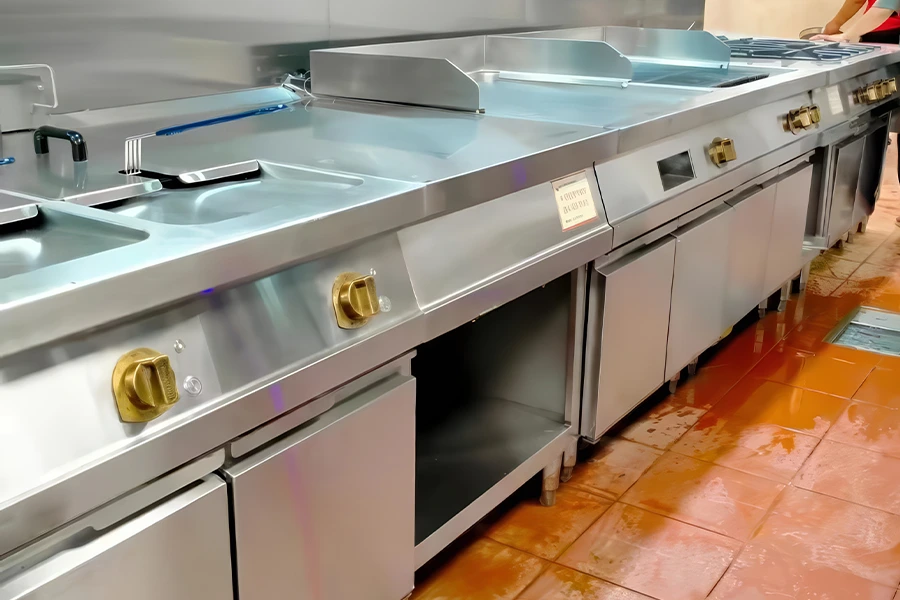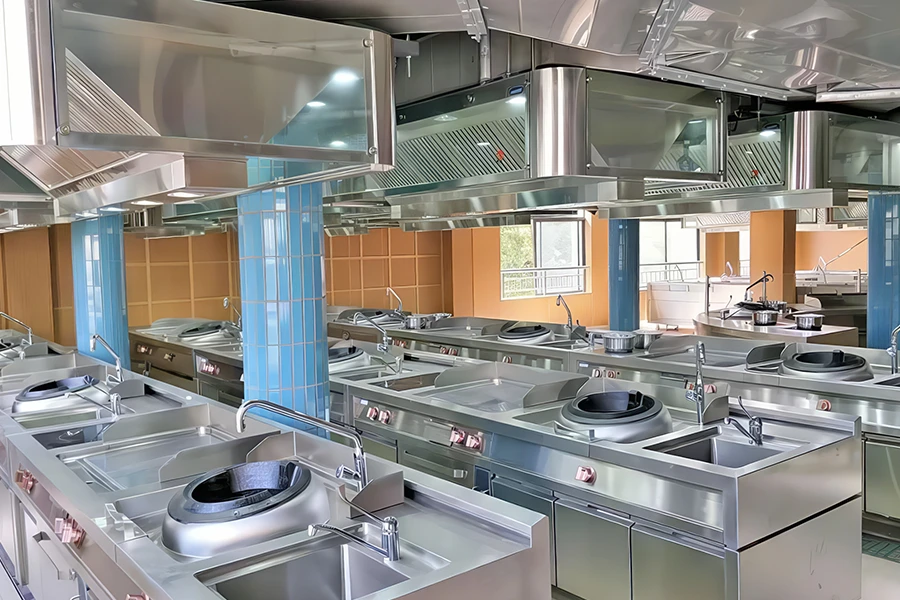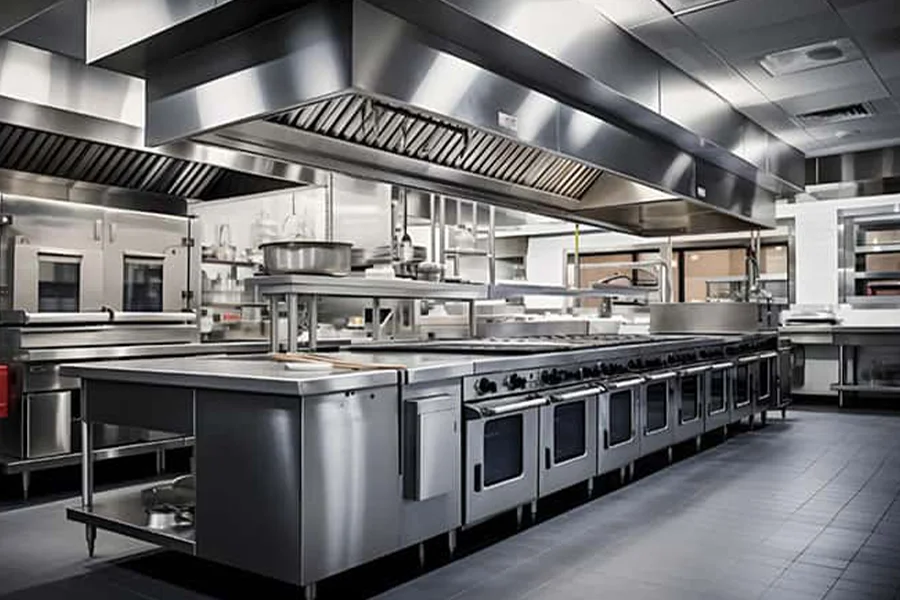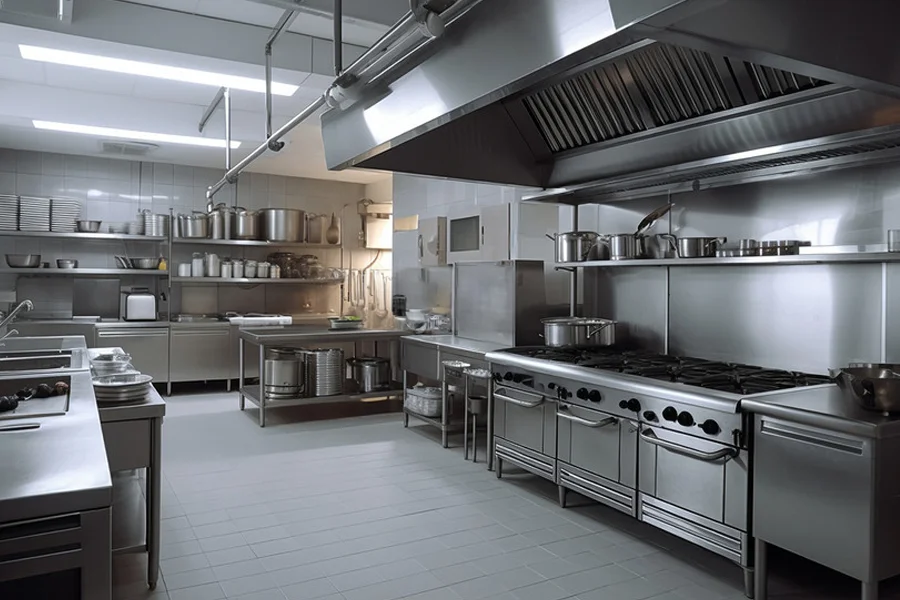In today’s foodservice industry, efficiency and quality are the core drivers of competitiveness. The commercial combi oven, with its revolutionary “multi-function in one” design, has quickly gotten to be the heart of advanced kitchens — from luxury hotels and restaurant chains to central kitchens and corporate canteens.
More than an equipment upgrade, it represents a revolution in kitchen workflow.
This guide gives an in-depth overview—from center standards to buy and maintenance—helping you make the smartest investment decision.
1. What is a Commercial Combi Oven? — The Core Engine of Modern Kitchens
A commercial combi oven combines convection (hot air) and steam cooking technologies into one intelligent appliance.
By precisely controlling temperature and humidity, it can handle a wide range of cooking methods, including baking, stewing, steaming, and reheating.
It is broadly recognized as a image of the proficiency insurgency in proficient kitchens.
Three Operating Modes:
Convection Mode: Uses powerful fans and heating elements to circulate hot air — ideal for baking bread, roasting meats, or air-fried-style dishes.
Steam Mode: Generates pure steam to lock in moisture and nutrients — perfect for seafood, vegetables, and dim sum.
Combi Mode: Alternates or synchronizes hot air and steam to achieve the “crispy outside, tender inside” result — a hallmark of fine dining kitchens.
2. Why Invest? — Five Core Advantages of Combi Ovens
Multi-function in One Unit — Save Space and Cost
Replaces ovens, steamers, proofers, and air fryers; saves over 30% of kitchen space while reducing purchase and maintenance costs.
Precise Temperature & Humidity Control — Consistent Results
Advanced models offer humidity adjustment by 1% increments, ensuring uniform quality for every batch — ideal for standardized production in central kitchens.
Boost Efficiency by 30%
Steam conducts heat faster and preheats quickly, shortening cook times; multi-rack design enables parallel cooking for peak hours.
Energy-Efficient and Eco-Friendly
Steam recycling and heat recovery systems reduce overall energy consumption by 20–30%, especially valuable for high-volume kitchens.
Smart Operation for Ease of Use
Color touchscreens, preset menus, and memory functions lower training requirements and enable intelligent kitchen management.
3. Application Scenarios — Who Benefits Most from Combi Ovens?
| Sector | Typical Use | Pain Points | Combi Oven Advantages |
|---|---|---|---|
| High-end Hotels & Restaurants | Molecular cuisine, sous vide | Consistent taste & texture | Precision humidity and automation |
| Chain Restaurants / Central Kitchens | Standardized production | Uniform quality across outlets | Recipe storage and batch control |
| Bakeries & Cafés | Bread and dessert making | Multi-stage baking complexity | From proofing to baking in one unit |
| Corporate / School / Hospital Canteens | Mass catering | Efficiency, safety, energy saving | Multi-layer simultaneous cooking |
4. Key Buying Guide — Five Critical Decision Factors
1. Capacity & Size
Considerations: daily servings, menu complexity, and available kitchen space.
Recommendation:
Small restaurants (<200 meals/day): 6–10 trays
Medium to large kitchens: 10–20 trays or higher
2. Steam Generation System
Direct Injection: simple structure, quick preheat, lower fetched — perfect for direct utilize or constrained budgets.
Boiler Type: produces large, stable steam output; supports intensive cooking and offers longer lifespan — the choice for professional kitchens.
3. Control System
Mechanical Dials: tough and budget-friendly; best for fundamental operations.
Smart Touch Control: bolsters multi-stage programming, exact mugginess control, and formula capacity — culminate for complex or standardized cooking.
4. Best Practices for Use & Maintenance
Daily Cleaning: Wipe the depth and entryway seals after benefit; run the auto-clean program week by week (on the off chance that available).
Water Administration: Continuously utilize mellowed or RO-purified water to anticipate scale buildup and clogging.
Regular Descaling: Every 1–3 months, depending on water hardness and usage.
Professional Assessment: Plan yearly upkeep by certified technicians.
5. Brand & After-Sales Support
Select legitimate brands with demonstrated execution and guarantee that nearby specialized back and save parts are accessible.
6. Frequently Asked Questions
Q1: Can it fully replace traditional ovens and steamers?
A1: Yes. In most cases, a combi oven can perform both functions separately or in combination, offering higher efficiency.
Q2: How to choose between boiler and direct-injection systems?
A2: Choose based on workload. Boiler types suit high-intensity operations; direct injection suits small to medium kitchens.
Q3: Does the combi mode expend more energy?
A3: No. Shorter cooking time reduces total energy use by about 25%.
Q4: What are the installation requirements?
A4: Must be introduced by professionals. Ensure a stable power supply (possibly 380V industrial), reliable water connection (preferably softened water), and proper drainage.
The commercial combi oven is no longer an optional luxury—it is the center motor for competitiveness and shrewdly kitchen transformation.transformation.By integrating advanced technologies, it empowers chefs with creative freedom and delivers measurable efficiency and cost benefits for operators.






